The Nikon D700 is a full format Nikon FX camera and is Nikon's second full format DSLR camera. The camera was introduced in the summer of 2007 and is now the cheapest full frame from Nikon (unless, of course, film cameras) Most photographers attribute the Nikon D700 to reportage cameras.
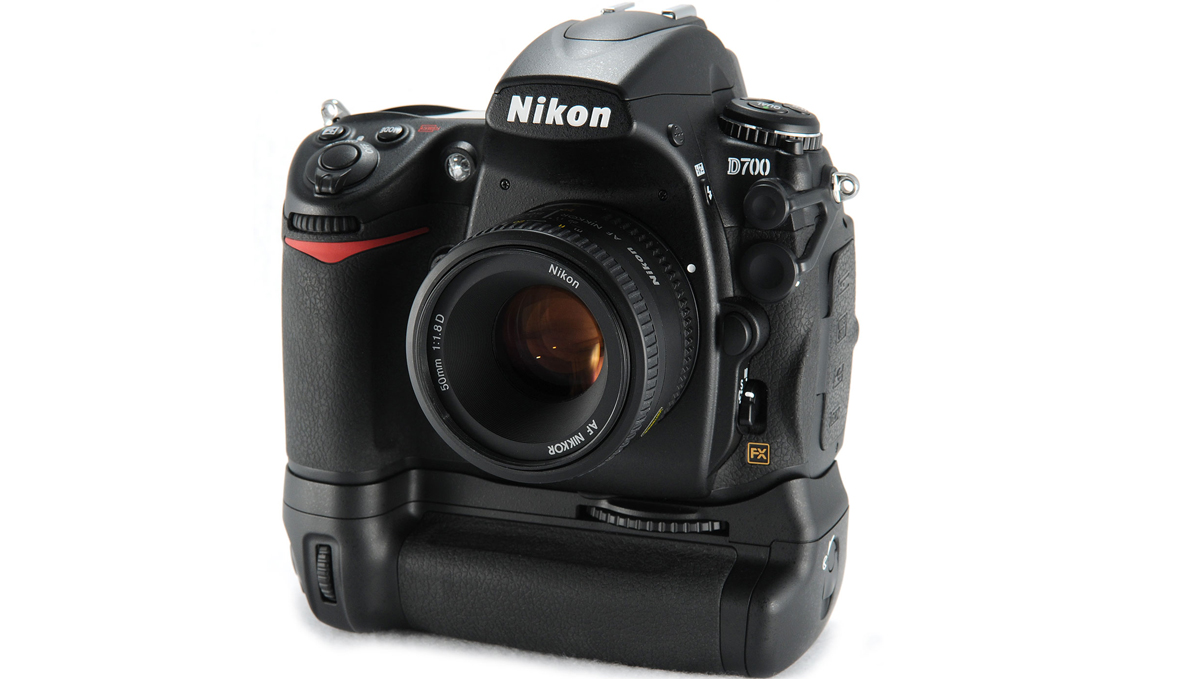
Legendary Nikon D700 with booster MB-D10 and lens Nikon 50mm 1: 1.8D AF Nikkor (MKIII)
I have been using Nikon D700 for a little over 3 years, during which time I have changed several of these cameras.
Nikon D700 is a professional camera, it has no automatic modes shooting. This camera is designed for people who know the basic skills of working with photographic equipment and for whom it will not be difficult to work in semi-automatic or manual modes P, A, S, M.
Nikon D700 - heavy, dustproof and waterproof chamber with uncompromising metal alloy housing. But trouble, trouble, over time, the gum on the handle and throughout the camera body swell, peel off, and badly spoil the nerves. In addition, the lateral rubber plug for different connectors after swelling of the rubber does not want to close and constantly hangs. On my last Nikon D700, I just cut off this stub. Hanging gum and dummy plugs for PC-sync under studio light and contacts for the remote control. You can replace the rubber bands in the service center, but they take a lot of money for this pleasure, and the rubber bands come from China for quite a long time.
My Nikon D700 cameras are badly worn out from fighting, which is why metal began to appear under their black paint. Due to its heavy weight, the Nikon D700 distributes weight well with heavy lenses like the 70-200 / 2.8. It is best to use a Nikon D700 with a battery grip.
We accelerate the Nikon D700 to the cherished 8 fps
In normal mode, the Nikon D700 can shoot at a speed of 5 fps (with any image quality settings, color depth and compression level RAW) Using battery pack MB-D10 or network adapter EH-5a / EH-5, the speed can grow up to 8 fps. But, to make the camera shoot at a speed of 8 fps, one MB-D10 not enough. You need to use a special holder MS-D10 with 8 AA cells (batteries or rechargeable batteries). The MS-D10 holder is supplied with MB-D10. Also, 8 fps can be achieved using a more capacious battery. EN-EL4 (from cameras Nikon D2h, D2hs, D2x, D2xs) Or EN-EL4a (from cameras Nikon D3s, D3, D3x), but this requires the optional BL-3 cover (which is not included with the MB-D10). In addition, if you buy a battery EN-EL4 or EN-EL4a, you will have to additionally buy and charge Nikon MH-21 / Nikon MH-22 for it. If in MB-D10 use a regular standard battery EN-EL3e, then the burst speed will not change. Battery pack MB-D10 equally suitable for D300, D300S and D700.
Recently, I have been using Nikon D700 with a booster MB-D10 and one EN-EL3e battery. I want to note that the booster (battery pack / portrait grip) MB-D10 performed not logically. Only one battery is inserted into the booster, the second is inserted into the battery compartment of the camera itself. As a result, to use the camera with two batteries, you need to remove the booster from the camera, insert the battery into it and reinstall the booster. I think this method is stupid, impractical and in general, after the bustare from Nikon D200, such illogical behavior is just a mockery of the photographer.
Unpleasant feature of batteries No. 1
At low temperatures (not necessarily freezing), the camera does not fully release the shutter, and an error message 'Err' appears on the display. To resume camera functionality, just press the shutter button again, after which it will perform a full cycle and you can continue shooting. This behavior in cold weather is most likely due to a drop in battery capacity, which is not enough power for a full shutter release cycle. The repairmen say that diaphragm drummer absorbs a lot of energy and this problem can be observed with many Nikon cameras. This feature is also observed when working with a booster. In any case, in cameras of this level I would like not to encounter such unpleasant features. I get around this shortcoming with 'warmed up' batteries, of which I have 6 spare pieces.
Unpleasant feature of batteries No. 2
When using non-native (Chinese counterparts) batteries with a battery pack, the camera often reports that the battery is completely discharged. At the same time, if you install it in the main battery slot, which is located in the camera, then everything will work fine.
Trouble number 3
With the active use of external flashes, the hot shoe of the Nikon D700 camera breaks, after which the flash begins to behave similarly poltergeist. Even if you put the camera on a table or a tripod, install any flash, for example, the native Nikon SB-910, the flash can turn on any of its functions on its own. Usually a malfunction manifests itself in the fact that the camera stops “seeing” the flash, or blocks the shutter release, the flash can spontaneously give any number of pulses of any power (you can burn your eyes), the flash focusing grid is activated, etc. If you move the flash in the hot shoe a little, the problem goes away for a few seconds. Clamping the metal contacts of the hot shoe only solves the problem for a while. It is treated by replacing the shoe.
The camera has a great small monochrome displayon which all the basic settings are available. I write small because, compared to Nikon D200, D300, D300s the monochrome display has decreased, since the Nikon D700 uses a large pentaprism, which pushed and reduced the secondary display. The monochrome display has a pleasant green backlight, which is turned on using the camera's power lever. The monochrome display saves battery power and simplifies camera setup and shooting.
The main display of the Nikon D700 at 920.000 points, the same as that of the cameras Nikon D90, D300, D300s, D7000, D3, D3s, D3x. The display is nice and has a protective cover that I never take off. You can adjust the brightness of the display for yourself.
Nikon D700 uses big and fast cards CF. My Nikon D700 works with a 32GB 400x card without any problems.
Nikon D700 is not big at all frame buffer. Depending on the type and format of the image, the buffer can hold a maximum 18 RAW shots (at conventional compression, 12 bit RAW), 15 shots of Tiff, 24JPEG L FINE (size priority). I almost never saw information in reviews about the fact that some functions reduce the number of frames in the buffer. Because, attention: if you enable ADL, noise reduction at slow shutter speeds and high ISOs, frame buffer reduced to 6 shots - this is a very, very bad indicator. But, even if you take the maximum - 18 RAW files with disabled additional settings to improve images, this is 3 frames less than in the ancient professional Nikon D200.
Given that the maximum shooting speed is 8 fps, with the Nikon D700 you can shoot series no longer than 3 seconds. So, the Nikon D700 is not quite suitable for serious reporting. Frame buffer - one of the main indicators of camera performance and speed. Well, if it is very important to shoot in series in RAW, then in DX mode the buffer can hold as much as 26 frames (with normal compression and 12-bit color depth).
Nikon D700 camera has everything 12.1 effective megapixels... This is small enough for a full frame camera. A small number of megapixels increases the diffraction threshold. CMOS sensor type, Nikon D700 is the first full frame matrix from Nikon, because it is not the most ideal. In a number of characteristics, the D700 is inferior even to amateur cameras. Nikon D7000, D5100... Full frame is not a panacea for image quality. In general, I do not recommend chasing the number of megapixels, for more details in my article Battle of Megapixels.
Nikon D700 has built-in focus motorthat allows you to automatically focus with AF optics, for example, with Nikon 50mm F1.8D, Nikon 85mm F / 1.8D AF Nikkor and other AF lenses.
For measuring exposure thrown out 3D Color Matrix Metering II with 1005 zones. The camera works wonderfully even with old AI-S, Pre-ai lenses. In principle, froze exposure available and tin can instead of lens, and even without a lens at all. The camera can memorize 10 manual lenses. I love to use Nikon D700 with Soviet lenses, since the camera has an electronic rangefinder (arrows near the green dot, which suggest which direction to rotate the focus ring on manual lenses).
At the camera 51 focus points, 15 of which are cruciform. After using the camera for a long time, I do not feel the difference between cross-shaped and regular focus points at all. A serious focusing drawback is the fact that all points are placed only on the DX area of the camera - you cannot focus at the edges of the frame. Focus module MultiCAM 3500FX use older cameras Nikon D3, D3s, D3x.
The camera has a main ISO range from 200 to 6400 and an expanded from 100 (1) to 25.600 (hi 2). It's a shame that the Nikon D700 does not have a true ISO 100. The shortest excerpt the camera is 1 \ 8000c. Funny but one of the first Nikon D1h could shoot at 1 \ 16.000. Short excerpt and minimum ISO are very important when using fast lenses.
Nikon D700 can control flash according to the protocol Nikon CLS. Funny but before the release Nikon D800 (D800E) The XNUMX was the only full-frame camera with built-in flash. Yes, that's right, in Nikon D3, D3s, D3x, D4, D4s, Df there is no flash at all, therefore, the SU-800 module is recommended for flagship cameras. You can read how to control flashes in the section about Nikon CLS. Many do not respect the built-in flash frog, but in skillful hands it turns into an ideal flash synchronization device. Of course, the Nikon D700 has fast flash synchronization and can shoot in FP mode with flash for at least 1/8000 s, in more detail in the section on flash in the afternoon.
The battery on the camera is quite powerful, without a flash it easily fulfills 1000-1500 shots. The battery is completely identical to Nikon D80, D90, D200, D300, D300s and compatible with D100, D70, D70s, D50 (but not vice versa).
A thousand and one useful things: bracketing, control HA in JPEG, vignetting control, virtual horizon, Live View, viewing depth of field, multiple exposure, matrix cleaning, interval shooting, etc. If you have questions about small things, write in the comments, I will try to answer quickly.
If you take the matrix and the stuffing from the flagship camera Nikon D3, and shove it into the case from Nikon D300 (Nikon D300s), we get the Nikon D700.
About Nikon D700 and Nikon D3, I highlight the main differences in bold.
- Different level... Nikon D700 is professional and Nikon D3 - flagship professional camera. In any case, Nikon D3 is positioned for a different circle of photographers.
- Different body. And therefore, Nikon D3 has better ergonomics of management, more capacious battery.
- Nikon D700 has dust cleaning matrixand the Nikon D3 doesn't have one.
- Nikon D700 takes off 1 f slowerthan Nikon D3
- Nikon D700 has another pentaprism with less coverage, covering only 95% of the picture.
- Nikon D700 only one slot for memory cardsThe Nikon D3 has two. Professionals value this feature in the Nikon D3 very highly.
- Funny but Nikon D3 does not have a built-in flash, and the Nikon D700 has, from here comes up a whole series of Nikon D700 work options with Nikon CLS with groups of flashes. I really appreciate this feature.
- Different shutter. Nikon D700 will last two times less than Nikon D3
- Various little things in the menu settings, etc.
Speaking on the case, I did not use Nikon D3, but, given that the cameras have the same matrix and the same focusing system, the image quality and functionality are very close. Now both cameras are outdated, as Nikon D3s, D4, D4s, D5 are much better than these two old ladies.
About Nikon D700, D600, D800,D800E:
| D600 | D700 | D800 (E) | |
| Pixels | 24MP | 12MP | 36MP |
| Native shooting speed k / s | 5,5 | 5 | 4 |
| Maximum possible speed k \ s | 5,5 | 8 | 6 |
| Number of Focus Points | 39 | 51 | 51 |
| Cruciform sensors | 9 | 15 | 15 |
| Focus Sensors at F / 5.6-F / 8.0 | 33 | 0 | 15 |
| Focus Sensors at F / 8.0 | 7 | 0 | 11 |
| ISO | 100-6400 | 200-6400 | 100-6400 |
| Maximum high ISO | 25600 | 25600 | 25600 |
| Maximum low ISO | 50 | 100 | 50 |
| Minimum speed excerpts | 1 / 4000s | 1 / 8000s | 1 / 8000s |
| Minimum sync speed | 1 / 250s | 1 / 320s | 1 / 320s |
| Chassis | Part from M. alloy | Magnesium alloy | Magnesium alloy |
| Memory cards | 2 X SD(HC, XC) | 1 x CF | CF+ SD(HC, XC) |
| Video | 1920 x 1080 | no | 1920 x 1080 |
| Display | 3.2 in | 3 in | 3.2 in |
| Dots on display | 921000 | 921000 | 921000 |
| Viewfinder Coverage | 100% | 95% | 100% |
| Viewfinder Zoom | 0,7h | 0.72x | 0,7h |
| Weight with battery | 850g | 1075g | 900 |
| RAW Buffer (FX Mode) | 15 | 18 | 16 |
| HDR | Yes | no | Yes |
| RAW | Compression only | Without compression | Without compression |
| Measurement exposure | 2016 pixels | 1005 pixels | 91000 pixels |
| Shutter | 150000 | 150000 | 200000 |
I note that Nikon D600 and Nikon D700 - these are cameras of different levels, despite the fact that the D700 is much older Nikon D600, but still its 'charm' is noticeably better than the 600. In choise Nikon D800, D700, D600 I would adhere to this sequence, leaving the budget: Nikon D810 -> Nikon D800E -> Nikon D800 -> Nikon D750 -> Nikon DF -> Nikon D610 -> Nikon D600 -> Nikon D700. Nikon 810a will be chosen only by experts in their field.
Interesting options for setting up and managing the Nikon D700:
- You can set the center selector button to view captured images at a specific magnification. Roughly speaking, when viewing a picture, with one press of the central button of the selector (joystick), you can get an increase in any area of the picture. This is very useful for checking sharpness. Moreover, the increase is done at the focus point (or group of points), according to which the picture was taken.
- I adjust the FN button for auto ISO controls. This is not so easy to do, which is the strong minus of the camera. To do this, add the item “Auto. management feels. ISO ”, and in the function key programming menu select“ Call. top. item MY MENU ”. The button is configured via the “INFO” menu.
- I program the preview button to select the manual lens. Moreover, it is very inconvenient that you can only select the lens number with the specified parameters. On my Nikon D200 with this setting, it was also possible to change the parameters of the lens, which is very useful when using lenses with manual aperture controls and zoom lenses. The button is configured via the “INFO” menu.
- I program the AE-L / AF-L button for the 'Live View' mode, after which the Live View mode becomes more familiar for the convenience of switching on, for example, as on Nikon D90. By the way Auto focus in Live View is only available in AF-S mode and only with the AF-ON button and only when 'tripod' mode is selected.
- I turn off the audible focus alert, which greatly disturbs and annoys some people when shooting, for example in церкви.
- In the playback menu, you can configure the camera so that the focus points that participated in focusing (on which the subject was focused) are displayed in the image when viewing images. This is done through the "Display Mode" submenu.
- Focus mode AF-C set to shutter priority, and AF-S to focus priority. You can find useful information on working with these modes here.
- All other settings (and previous ones too) can be customized to taste and needs. Do not forget that the Nikon D700 has several banks of settings that you can save and change. More details about this here.
More examples of photos with RAW source files obtained with Nikon D700 can be viewed and / or downloaded in the following reviews:
- YONGNUO 35mm 1: 2 (YN35mm F2N)
- Nikon AF-S Nikkor 70-200mm 1: 2.8GII ED N VR Nano Crystal Coat SWM IF (portraits available)
- YONGNUO LENS YN50mm F1.4N E
- Nikon AF Nikkor 85mm 1: 1.8 (portraits available)
- Nikon Nikkor 85mm 1: 1.4 (portraits available)
- Sigma 50mm 1: 1.4 DG HSM EX (portraits available)
- Nikon N AF-S Nikkor 70-200mm 1: 4G ED SWM VR IF Nano Crystal Coat (portraits and reportage available)
- Tokina Macro 100 F2.8 D AT-X PRO N / AIS (portraits available)
- Nikon AF Nikkor 35-135mm 1: 3.5-4.5 (there are portraits in the review)
- Sigma 50mm 1: 2.8 DG Macro D EX (various scenes)
- Nikon N AF-S Nikkor 24-120mm 1: 4G ED VR SWM IF Aspherical Nano Crystal Coat (reportage and portraits)
- Sigma 70-200mm 1: 2.8 APO DG HSM EX Optical Stabilizer (different stories in the review)
- NIKON ED AF-S NIKKOR 28-300mm 1: 3.5-5.6G SWM VR IF Aspherical (various scenes)
- Voigtlander Nokton 58mm F1.4 SL N / AI-S (a lot of bokeh in the review)
- Nikon AF Nikkor 35-105mm 1: 3.5-4.5 (indoor portraits)
- Tokina AT-X SD 100-300mm 1: 4 (there are portraits)
- Sigma AF Zoom APO 70-210mm 1: 2.8 (portraits available)
- Nikon AF Nikkor 35-105mm 1: 3.5-4.5 D (in the review photo of the autumn)
- Sigma High-Speed Wide 28mm 1: 1.8 Multi-Coated Aspherical (in the autumn photo review)
- Nikon AF NIKKOR 20-35mm 1: 2.8D (landscapes)
- MC TAIR-3S 4,5 / 300 (different scenes at different ISOs)
- Tamron SP AF Aspherical LD [IF] 28-105mm 1: 2.8 276D (many autumn photos in the review)
- Tamron AF LD 200-400mm 1: 5.6 75DN
- Sigma Zoom 15-30mm D 1: 3.5-4.5 DG EX Aspherical IF (in the autumn photo review)
- Nikon AF Nikkor 35-70mm 1: 2.8 (just color pictures)
- Quantaray - NF AF 1: 3.5-4.5 f = 35-70mm Multi-Coated (outdoor)
- Nikon 80-200mm AF Nikkor 1: 4.5-5.6D (flowers, street)
- Cosina 70-210mm 1: 2.8-4 MC Macro (nature)
- Nikon AF Nikkor 24mm 1: 2.8 (MKII version)
- MC HELIOS-44M-4 58mm 1: 2
- Nikon ED AF Nikkor 300mm 1: 4
- Sigma Zoom 28-70mm 1: 2.8 (miscellaneous)
- Nikon AF Micro Nikkor 60mm 1: 2.8D (colors)
- YONGNUO 40mm 1: 2.8
- Nikon N AF-S Micro Nikkor 60mm 1: 2.8G SWM ED IF Aspherical Nano Crystal Coat (macro)
- SIGMA ZOOM 28-105mm D 1: 2.8-4 Aspherical (miscellaneous)
- Nikon 180mm 1: 2.8D ED AF Nikkor MKIV (Street Photography)
- Tamron SP AF 20-40 1: 2.7-3.5 Aspherical 266D (street shooting)
- Nikon ED AF Nikkor 18-35mm 1: 3.5-4.5D IF Aspherical
- YONGNUO LENS YN 14mm F 2.8 N
- Nikon AF Nikkor 35mm 1: 2 (MKI) (miscellaneous)
- YONGNUO LENS 100mm 1: 2
- Nikon AF DC-Nikkor 105mm 1: 2 D Defocus Image Control (studio)
- Sigma EX 85mm 1: 1.4 DG HSM (portraits available)
- Nikon ED AF VR-Nikkor 80-400mm 1: 4.5-5.6D Vibration Reduction (portraits and high ISO available)
- Sigma Zoom 24-135mmD 1: 2.8-4.5 (miscellaneous, portraits)
- Nikon AF Nikkor 28-70mm 1: 3.5-4.5D
- Tamron DI SP 70-300mm F / 4-5.6 VC USD A005NII
- Nikon ED AF Nikkor 70-300mm 1: 4-5.6D (there are portraits and high ISO)
- Sigma 170-500mm 1: 5-6.3D APO
- Nikon N AF-S Nikkor 28mm 1: 1.8G Nano Crystal Coat SWM RF Aspherical
- Yongnuo YN60mm F2NE MF MACRO
- Nikon ED AF Nikkor 80-200mm 1: 2.8D (MKII)
- Yongnuo YN 85mm F1.8N
- Nikon ED AF-S Nikkor 80-200mm 1: 2.8D (gray)
- Nikon AF-S Nikkor 85mm 1: 1.8G IF SWM (many portraits)
- Tokina AT-X PRO 28-80 1: 2.8 Aspherical N / AIS (miscellaneous)
- Sigma Auto Focus UC ZOOM 70-210mm 1: 4-5.6 Multi-Coated
- Nikon ED AF-S Nikkor 300mm 1: 4D IF Silent Wave Motor
Personal experience:
Nikon D700 is a very good camera. I work as a photographer and really appreciate her 51 point focus, quick response. It's funny, but all 51 focus points are in the DX area of the image, it seems that the Nikon D700 is not Nikon Multi-CAM 3500FXand Nikon Multi-CAM 3500DX from Nikon D300 (details here) Also, exposure meters Nikon D700 is afraid of flare. For example, when shooting in a church, if a small light source in the form of a candle enters the frame, matrix and centrally weighted measurements take a strongly underexposed frame. The dynamic range of the camera is small, Nikon D7000 it is much higher, but do not blame the old Nikon D700, because it is the first full frame matrix from Nikon. Also, the Nikon D700 is one of the few cameras that has a useful Live View mode and at the same time does not need to overpay for the video function. When viewing an image in Live View, it is very slow. For example, Live View at Nikon D90 much better "understands", especially when enlarging an area of the image. Often, Nikon D700 is the first FF camera for photographers, and whether it's worth switching to full frame at all - everyone must decide for himself, perhaps my article will help with this. 'Crop identification'. Regarding the matrix noise: yes, Nikon D700 bypasses any Nikon DX camera in terms of noise, there is nowhere to hide the cat in the bag. Regarding the recommendation of lenses for use: it all depends on the needs and tasks of the photographer.
D700 and skinton
Some do not like the way the camera conveys skin color (skin tone). Indeed, sometimes you can seriously complain about this. But for the Nikon D700 (and also for Nikon D300, D300s, D3, D3s and D3x) there is one unusual solution - to shoot in RAW, which then needs to be 'developed' using Nikon ViewNX (Nikon ViewNX-I) or CaptureNX (CaptureNX-D), while making sure to select Picture Control (Picture Control Mode) 'M1 D2Xmode1 ', or 'M2 D2Xmode2', 'M3 D2Xmode3' to your liking. These are special picture management sets that mimic the operation of cameras. Nikon D2x и D2xs... Try it, the result is sometimes very, very pleasantly surprised. So, the 'M1 D2Xmode1' is best for portrait photography.
For those who do not want to bother with RAW files: these same image management modes can be installed right into the camera by downloading them on the official website here to register:.
On the net you can find the same profiles for Lighroom and ACR ( link), after which working with RAW files can turn into a pleasure. Also, I advise you to look into my note about RAW converters.
Live, die and live again!
A little addition: after 150.000 shots at one of the weddings, I refused camera mirror... The cause of the breakdown - the mirror lever broke, the repair at the official service center in Kiev took over 1 month and stood at around $ 650, as they explained, in the D700 all the mirror, shutter and diaphragm mechanisms are connected, so the entire front mirror bay had to be changed ... After the repair, the frame counter showed 10 pictures.
Another small addition: I got another Nikon D700 camera, I bought it second-hand with a range of about 10.000 frames. At 330.000 frames, problems started with mirror sticking.
Prices for modern Nikon cameras in popular stores can look at this link.
Comments on this post do not require registration. Anyone can leave a comment. Many different photographic equipment can be found on AliExpress.
Results
Nikon D700 - Nikon's most affordable full-frame digital SLR camera.
I do not recommend to beginners - it is heavy and requires an understanding of photography techniques.
I do not recommend to professionals - the potential of other full-size cameras will last for many years to come.
Elder Nikon D700 is interesting only for the price and full frame. I recommend Nikon D700 for upgrade after old DX cameras as budget option FX camera.
Nikon D700 is a long-running legend.
Nikon D700 is one of Nikon's most balanced cameras. Until now (in the summer of 2016) there is no full replacement for her. Nikon D750 - not at all. It is Nikon D700, not Nikon D300, that can be considered a reduced copy of the TOP Nikon D3.
Have questions about Nikon D700? Ask them in the comments, I have been using this model for a very long time and I know a lot about it.
Material prepared Arkady Shapoval. Training/Consultations | Youtube | Facebook | Instagram | Twitter | Telegram

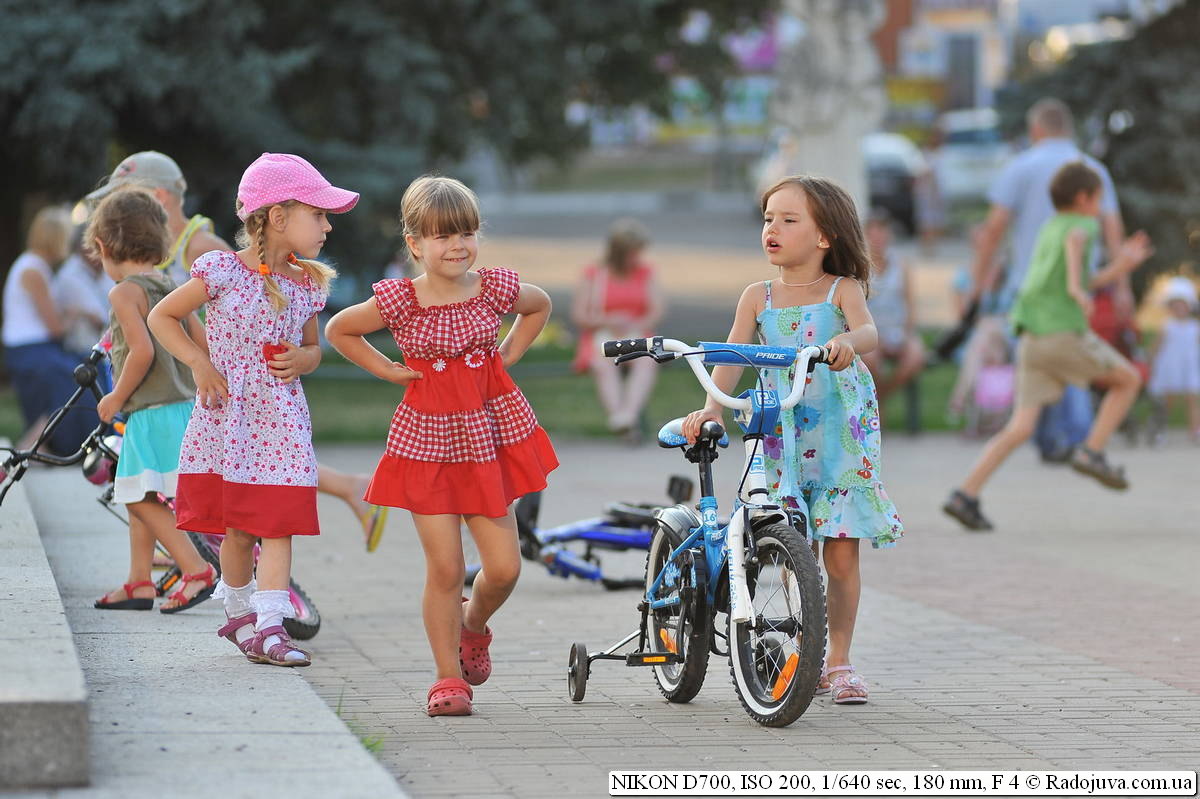
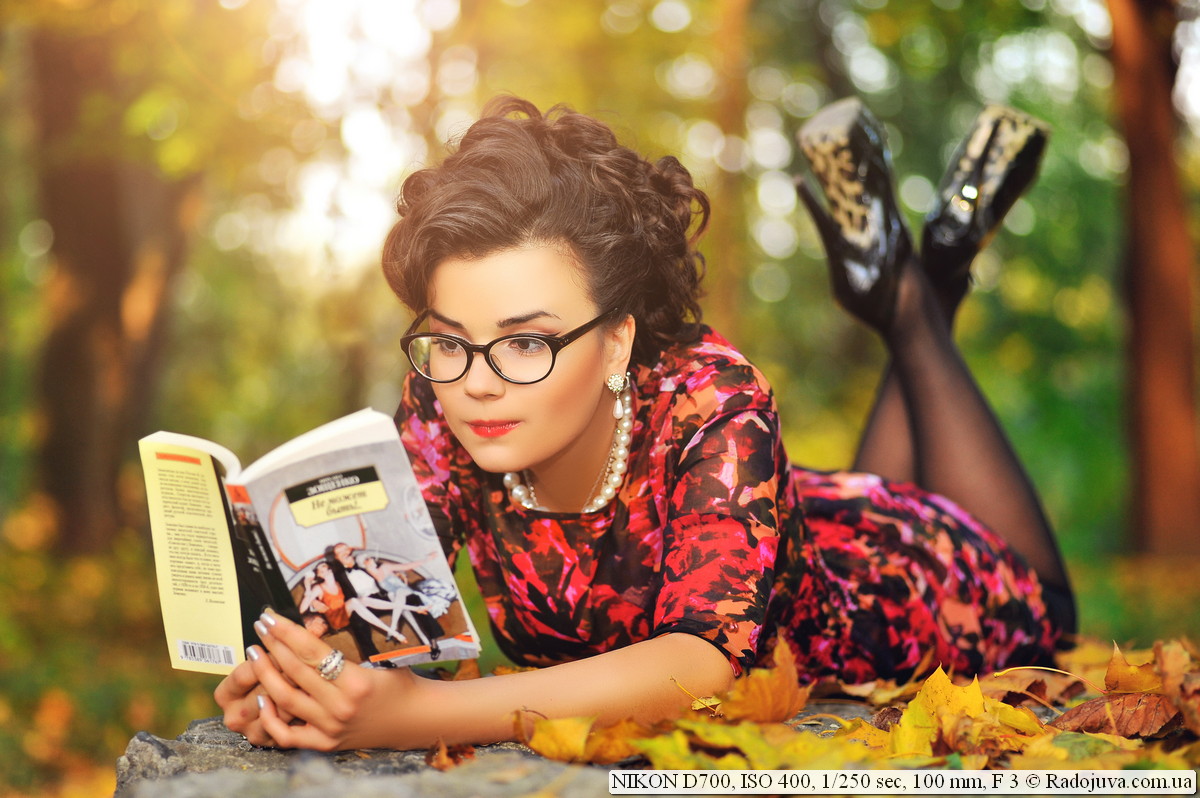
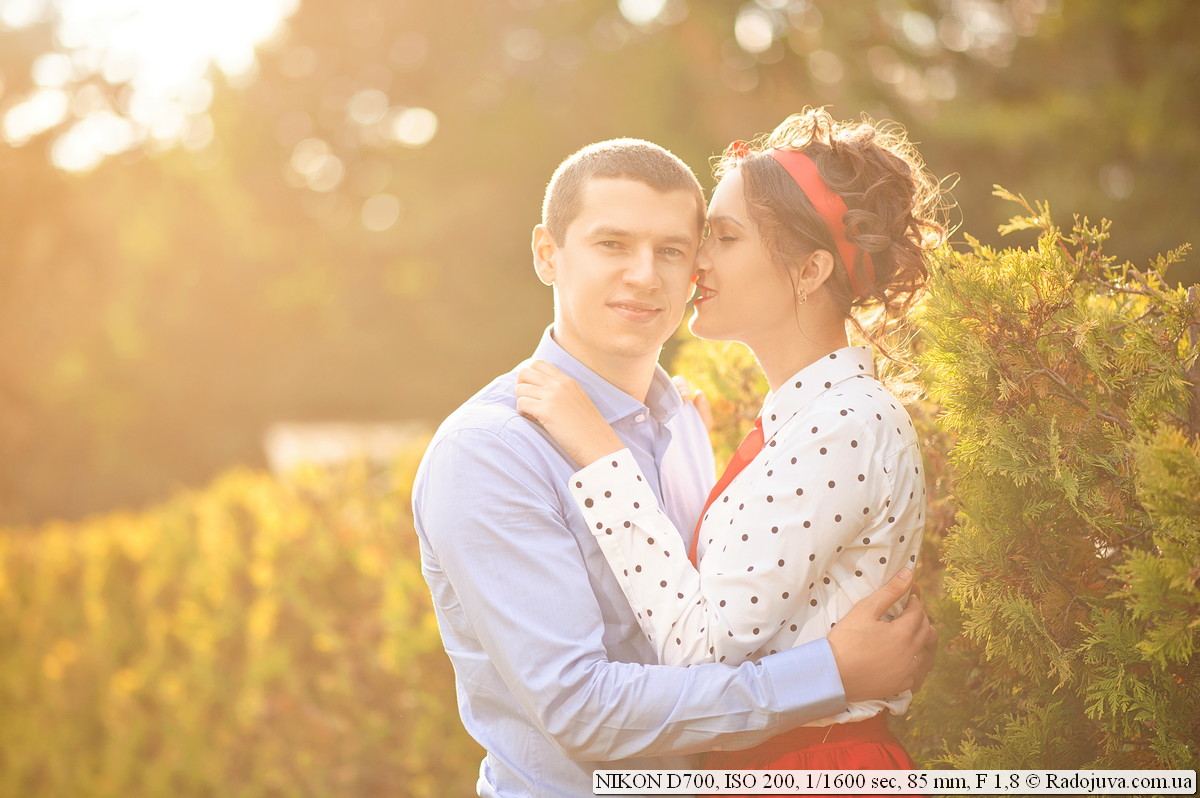
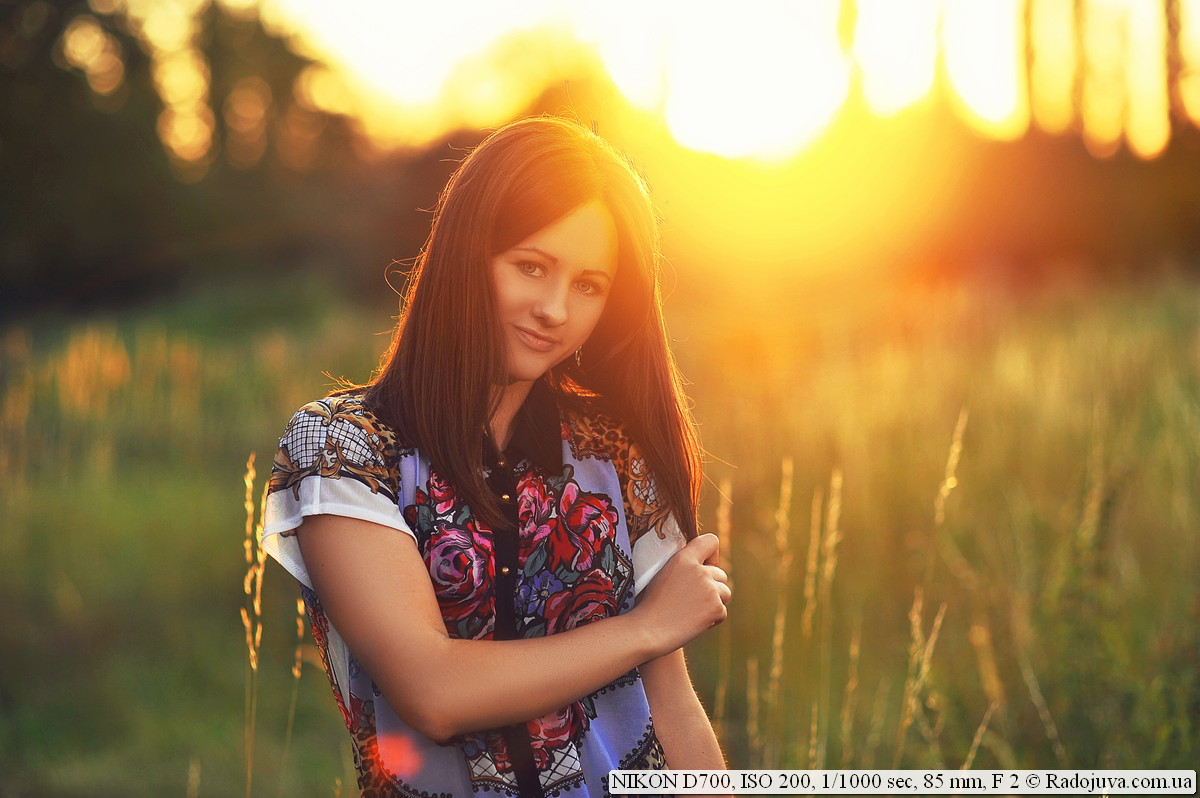
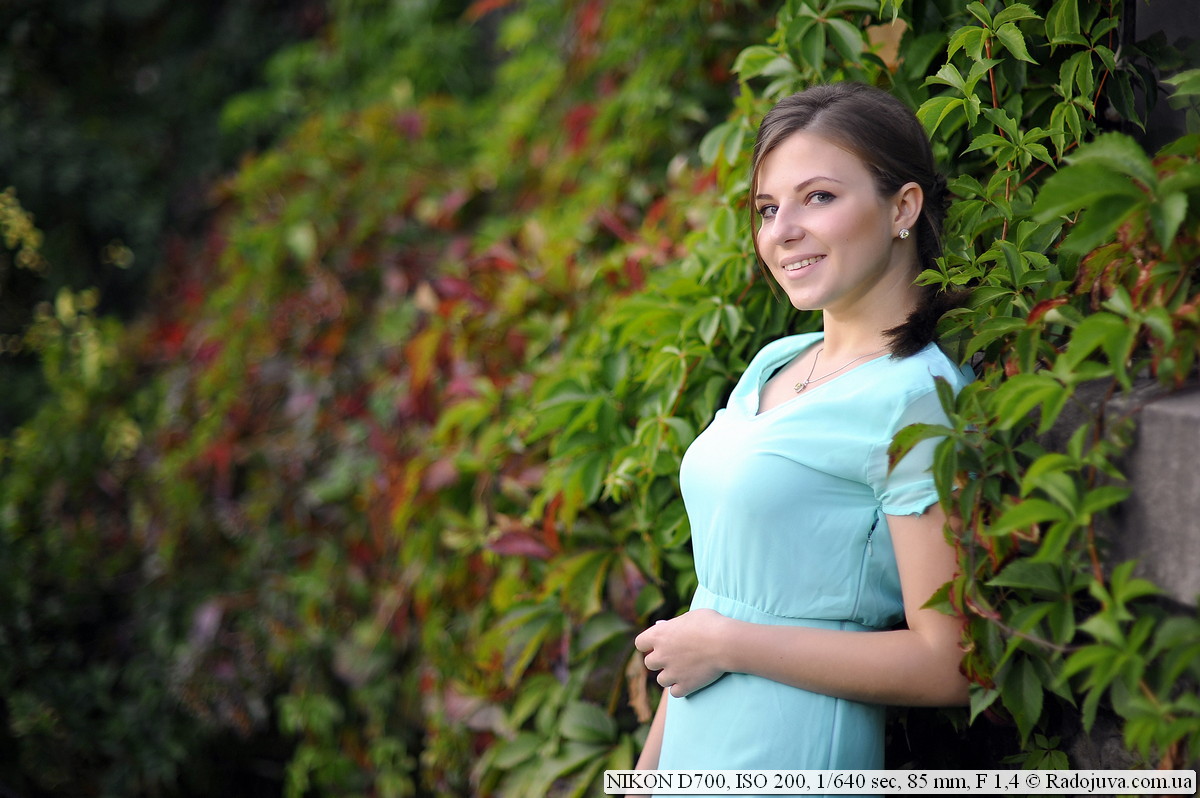
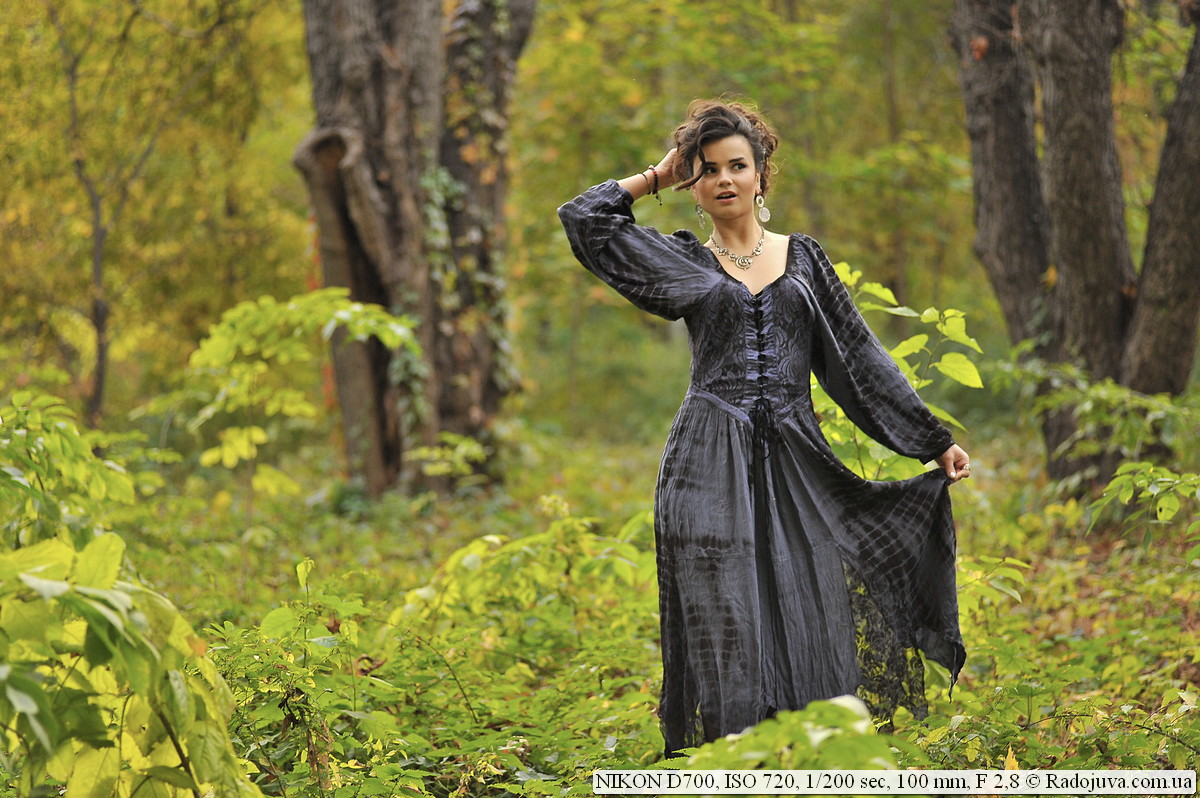
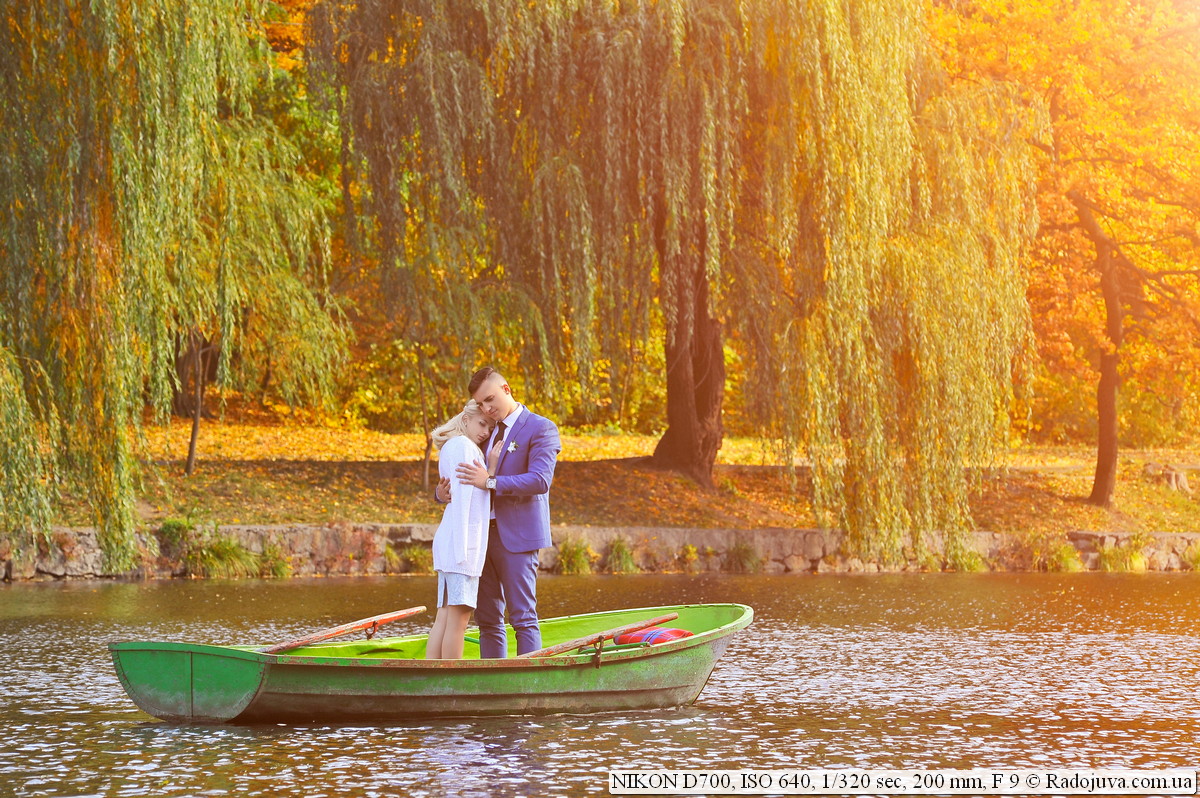
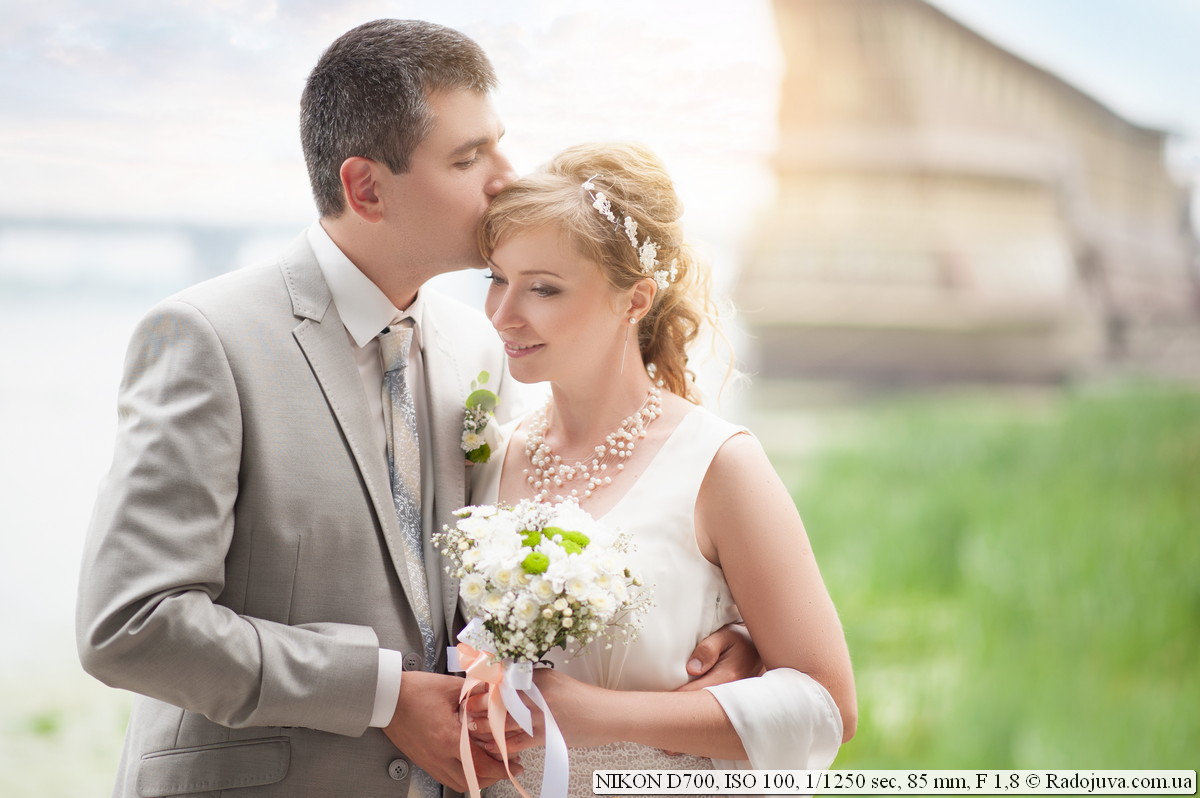
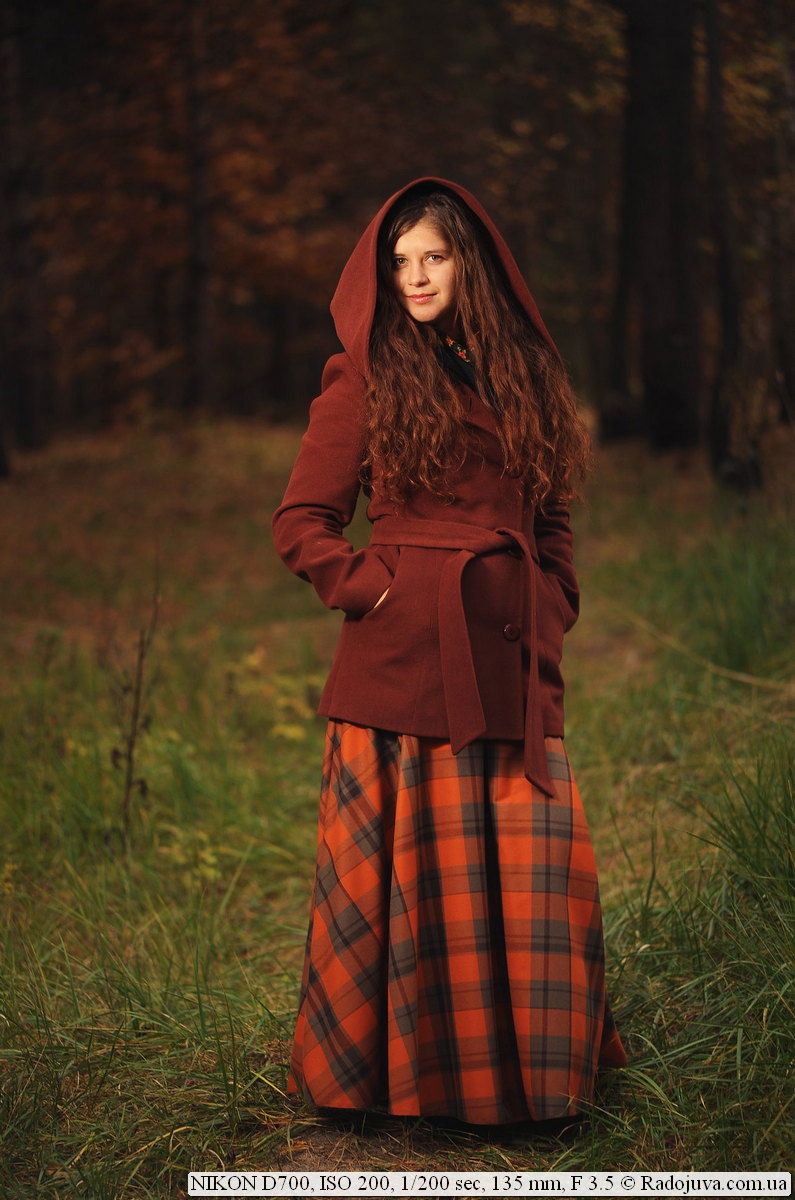

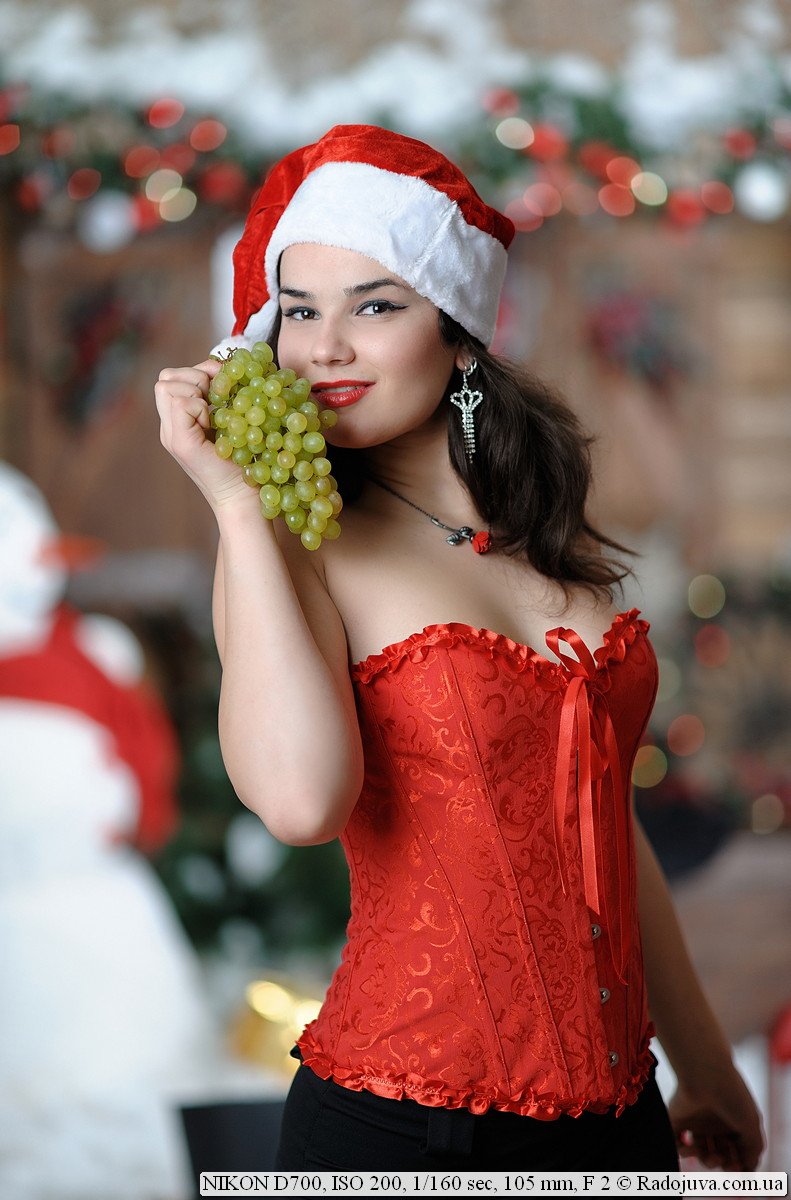
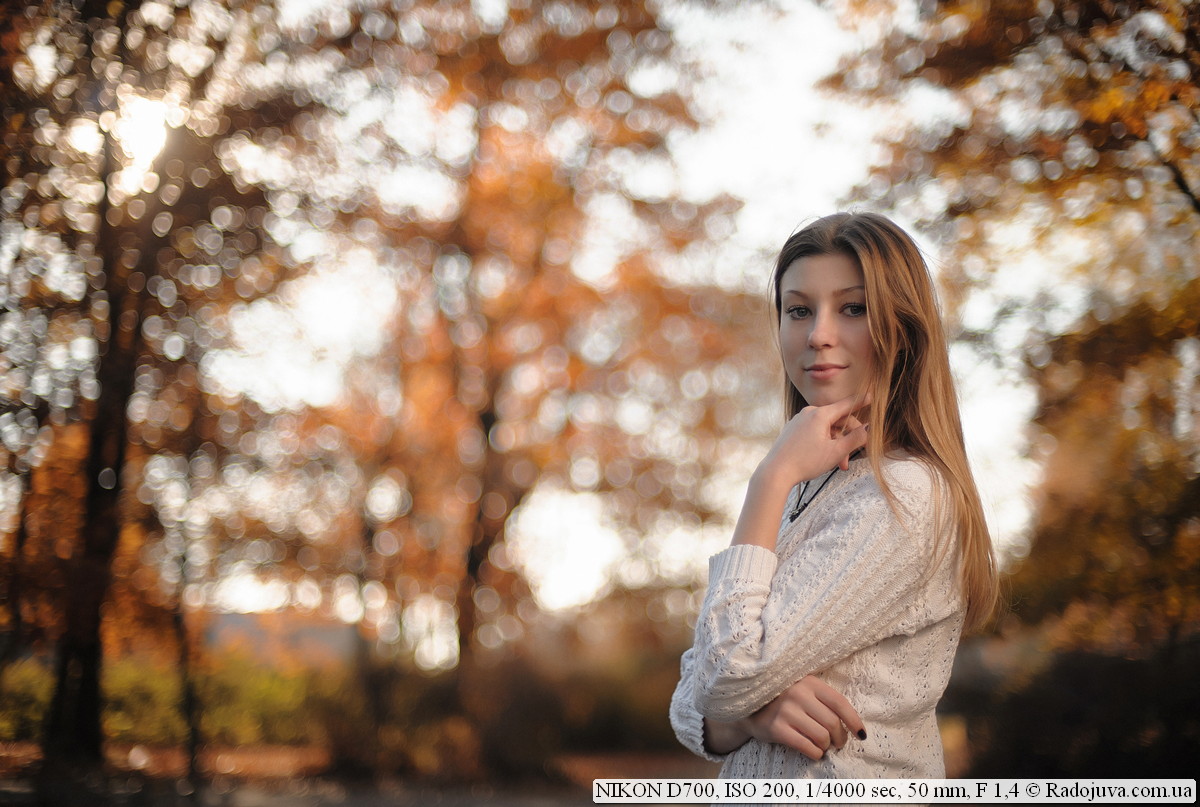
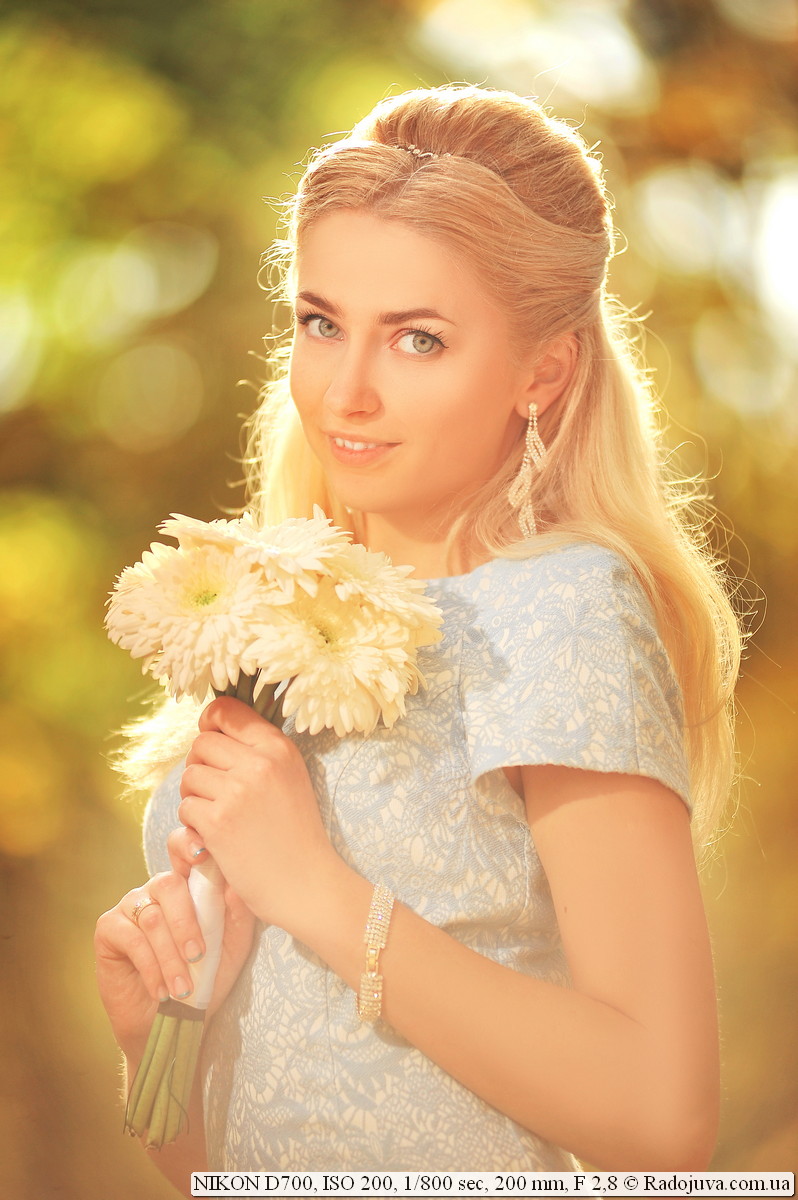
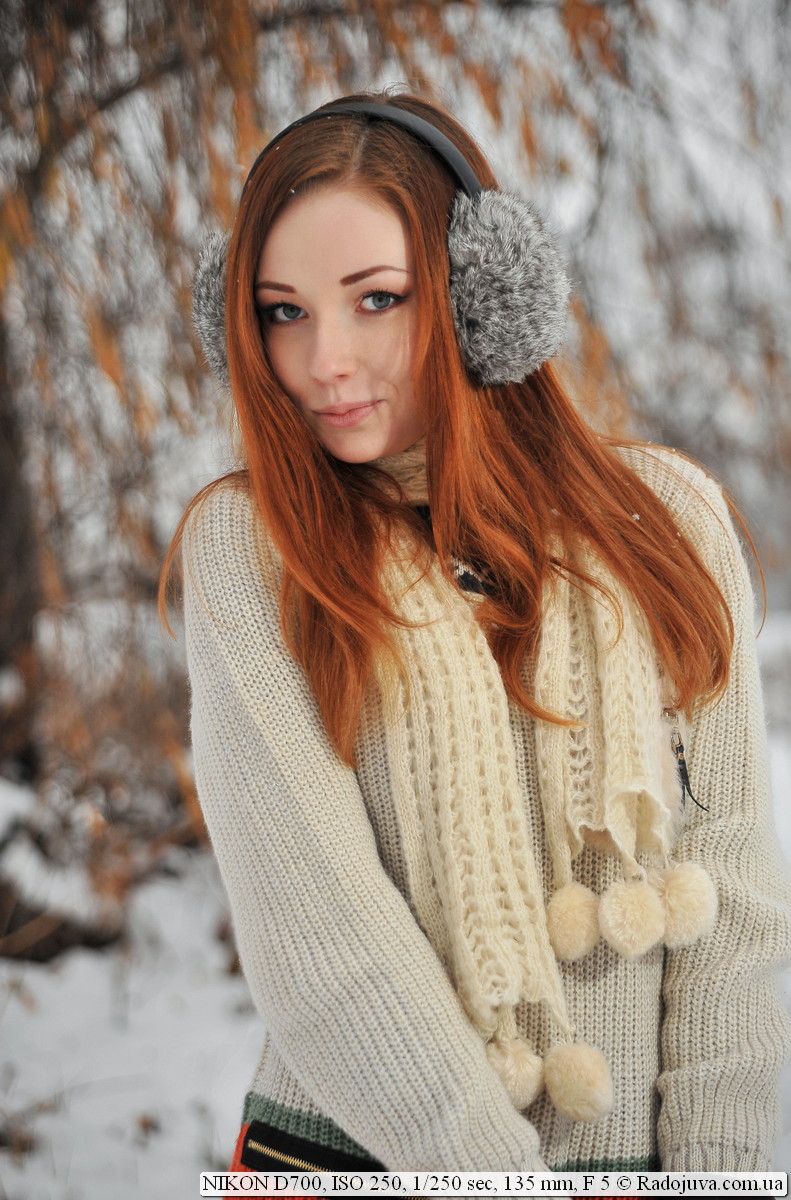
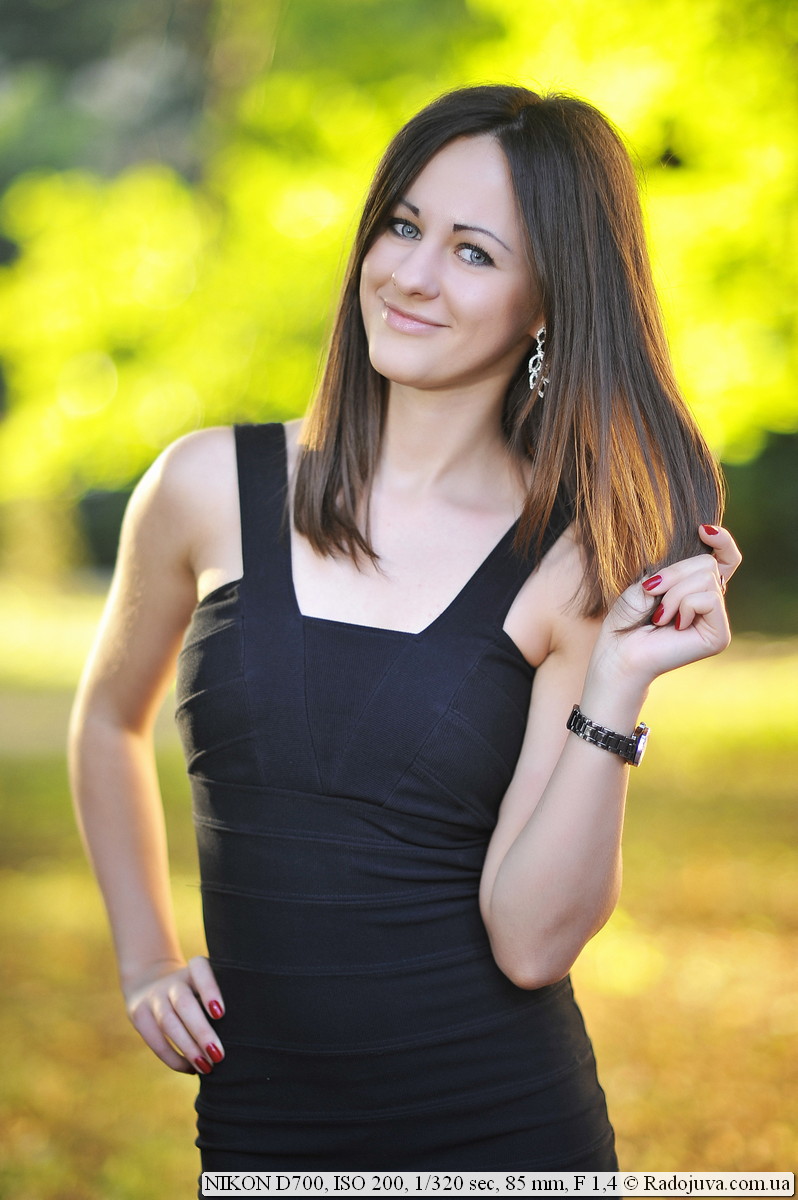
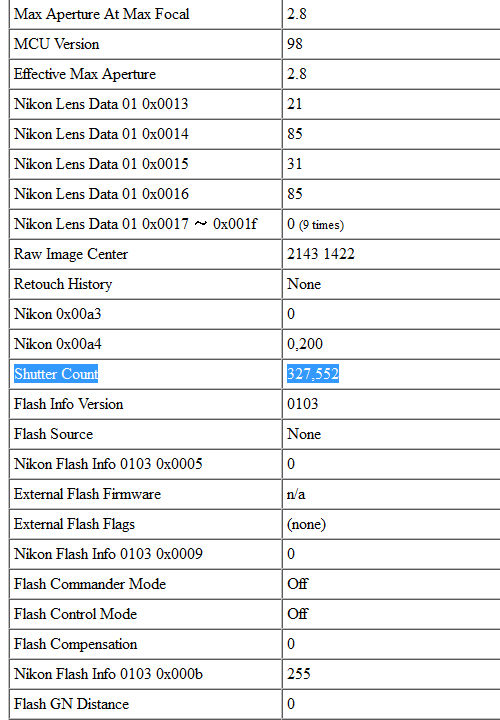
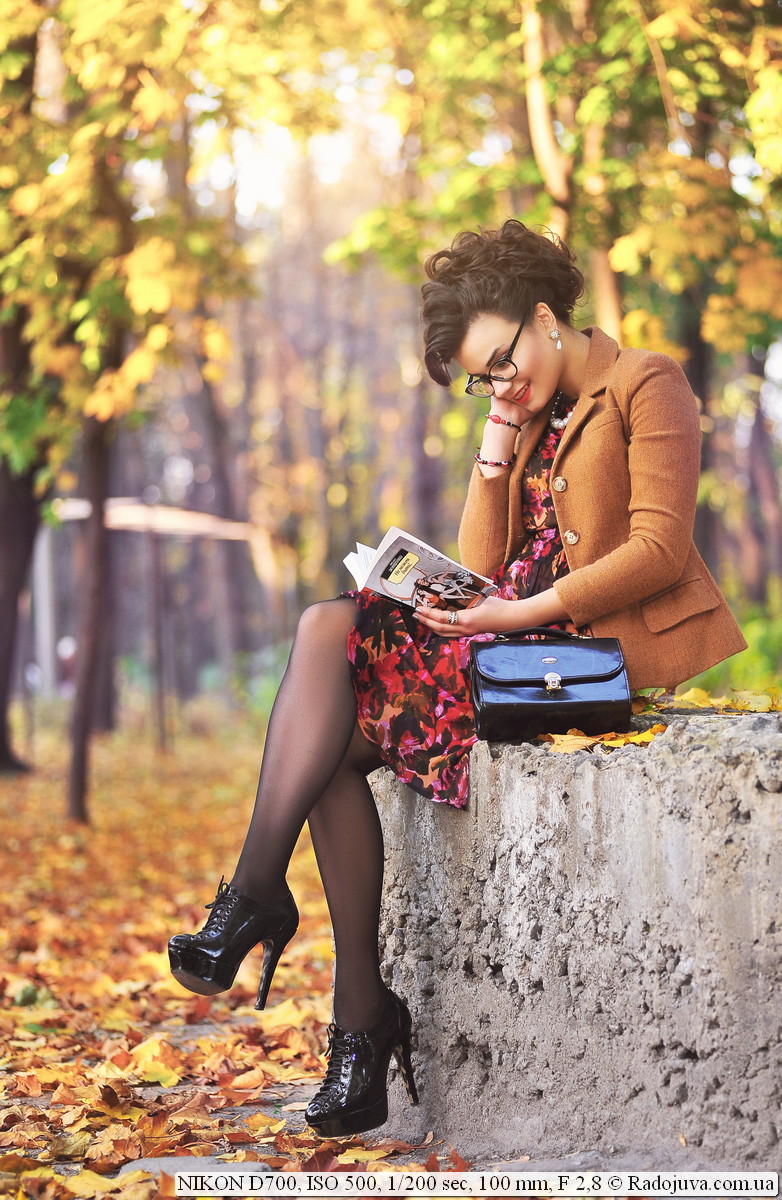

hmm ... If we take the price of not used D700 and D600, then the choice is obvious, I agree. And so, if a person earns by photography (namely a photo), then he will be able to squeeze out everything he needs from the D700. Although ... I still didn't quite understand the logic of the moment.
In any case, thanks for the promptness. :)
I also want to thank you for the wonderful site. It is very pleasant to read - easy, informative, interesting.
It's my pleasure :)
Arkady, today Nikon 600 is "famous":
- a thick AA filter, because of what the pictures need to be sharpened specifically, the feature is confirmed by Nikon's service;
- problems with oil leaks on the mirror, due to which stains and / or dust adhere to the mirror, the problem was officially commented on by Nikon;
- in strange colors, perhaps they will be fixed in the new firmware;
- memory slot failures
- well, and from the latter - the problem with incomplete closure of the diaphragm, until we comment, just recently posted it on blogs.
this is in addition to the fact that the 600 is great neutered by Nikon himself!
Nikon 800 (E) is an excellent device, especially after solving the problem with autofocus. Its features:
- blur at very short exposures due to the mirror;
- blur with long exposures from hands;
- giant files;
- huge problems with the selection of optics, not only top-end, but also with extremely accurate alignment;
- the camera does not forgive the slightest mistakes of the operator;
- the slightest micro-movement of the object = smear.
Thus, Nikon 700 is still the only PROBLEM-free full-length SLR from Nikon for a reasonable price.
Thanks for the information.
Arkady Good afternoon.
Fairly good review of the D700.
I myself am the owner of the D700, except for her D3s and the fifth month of the D800, which I took for studio shooting. I won’t talk about D3s, for me this is my favorite camera. And I’ll say about the D800, since it has already been discussed here. I personally did not like the camera at all. She draws very dry, even in the studio the photos are very hard, compared to the same D700 (D3s). Her skinton is not good, not natural, and it doesn’t matter in which program to show RAW. There is no point in talking about dynamic scenes. This has already been discussed and negotiated. Left exclusively for shooting jewelry. (if there is a buyer, most likely I will sell)
Thus, from the lightweight FF cameras, just as “Alex81” wrote, I consider D700 to be the only “PROBLEM-FREE” and “RIGHT” camera from NIKON.
Thank you for sharing your experience.
Potesti Nikon 600d and Kenon 5d
Submit them for the test and I will be happy to write a review.
Arkady, thank you for your review. I read your articles with interest and pleasure. Please advise what you need to pay special attention to when buying a Nikon D700 (used), there are no offers for the sale of new D700s (in D800, D600 stores). I was already going to buy a D800 (there is an opportunity to take an interest-free loan), but for me currently 36 megapixels is too much, a camera is needed to shoot dynamic scenes (children, animals), there are favorite D-series fixes from Nikon (I really like the picture they have ), but with Nikon D800 it is still advised to use certain lenses, for which I am not ready to pay a tidy sum. My "workhorse" at the moment is Nikon D80. I have been shooting with it for 5 years.
I'm shooting on D80 and D700 too. First of all, pay attention to mileage, elastic bands, try serial shooting (so that the mirror does not stick), it is advisable to agree on a man-back for a couple of days to drive the device properly.
Thank you, Arkady. I looked on Ebay, they offer cameras with mileage from 4500 to 25000 and above. The most interesting thing is that the price is not much different at times. Does the serial number even matter? Some sellers indicate it in the announcement. Tell me, what is “money-back”? The first time I found out about him.
Hey. I now have a Nikon d300, I want to sell it for $ 700, report money and buy myself a full-size one. I immediately thought about taking the D600, maybe I wanted a video, but people sin on it and it’s clear that it saved a lot on it. There are focus areas in the center, the shutter is bad. In general, the price of the d600 falls catastrophically quickly. For a month, almost 1000 UAH fell.
1. I think maybe you should not rush and buy more glasses for d300, I have 50 1.4 now, and universal, thinking about 85ke?
2. I choose approximately between the D600 and the d700, but it is embarrassing that the d700 has so few megapixels as for the full format, you can’t capture too much. On my crop D300 is also 12 but it is crop.
3. Can you advise which one is better in your opinion and is it worth the excellent money changer or is it better to wait until something else appears?
4. Now only the new crop. How much will the d300 fall in price in a year?
I think the 300tka will fall, since this is a rather old camera, especially since they often take 300s or 7000 instead of it. The transition to full frame is just a matter of time.
Any friends who used the D600? What do you recommend, d600 or d700?
This is a rather difficult question, but I am more inclined to 600tk, but I’ll think it over 100 times before taking it as a second camera.
Thanks Andrew
But Andrei in all the comments I have not met.
There was a D7000. I choose between the D700 and the new 7D. What would you stop at
on d700 would stop
Thank you, and that he’s used with a mileage of about 30 thousand is nothing
Sorry, the D700 didn’t work out. Instead of the D7000, take the 7D or go back to the D7000 anymore.
Arkady, may be faced with a similar situation. On the d700, the screen became gray in a small cell. The camera, by itself, works, saves pictures, all settings are accessible through an auxiliary, small screen. But viewing is not possible. Just in case, I reset it to the factory settings, it did not help.
No, I have not encountered.
Thanks. I'll carry it to the service tomorrow.
Very good review!
I myself have been sitting on Canon for 8 years and for the last 2-3 years I started looking at Nikon. Picture, noise, etc. outnumbered Canon. But I didn’t want to believe it, I wrote off everything for processing and listened to those who were against))) It's like those who sit on android, Windows and don't like Apple. All this is attributed to human fear and pride. “I’m so smart and I can’t use what is in second place, which means I use the best, and the rest are lying !!!”. In general, I switched to Apple for a long time and I don’t argue anymore, and for as long as 1 month since I bought myself a D700) Before that I used 5D, 5DM2 and 1DM3 from Canon. From this experience I can say that I now use Brand number 1 and a very good camera, which for me in many ways surpasses those three cameras from Canon. Well, there was sobsvenno choice between D3, D3s, D700, D600 and D800. I used all these cameras for 2-3 weeks each and won the D700. Proceeding from the fact that it is needed specifically for PHOTOS, the price-quality ratio left the D700 out of competition.
Arkady thanks for the review.
I use the D700. Sometimes when you press the shutter button, the button as if it is not pressed does not work the first time, and this happens even with fairly good lighting. Please tell me why this happens and how can I get rid of this?
Thank you.
And not only on the 700-ke, focus is in priority, and until (only the camera has driven reasons) it focuses, it does not press. I think so (came across)
Arkady, tell me, what is the best way to change your d90? I want a full shot, I shoot in the studio and dogs (respectively movement). Well, if you take it with your hands, what mileage is considered normal (not critical). Thanks.
Mileage up to 50.000, I think is normal. And from the full frame, the choice is small 600, 700, 800, the D3, D4 line
Still interested in the d600 (due to the video, as I understand it, it is not in the d700 ..)
You can save a nikon d600, can you tell me about it?
There should be a review soon.
Hello Arkady. I am writing to you, as a person who has tried a lot of photography equipment. Recently, I became the owner of the Nikon D700 and was downright confused. Disappointed with the full shot to the core. A full frame deified by everyone, my soul does not want to understand and accept at all. I will say right away - I shoot my life (family, friends, travel) exclusively for myself, not for sale and the like. Shooting is almost (absolutely) always in JPEG, except for cases where it will not be possible to repeat the shooting even in poor conditions, well, I'm not a fan of making candy out of poop and pulling to disgrace, I think so - “if the frame was originally shot with an exposure error, then and you shouldn't bother with it. As long as the JPEG stretches, it is enough to get a quality result, again, if the frame was originally shot correctly. ” I am able to correct white balance errors separately for each color, often the result is almost indistinguishable from the results of white balance correction in a RAW converter. So, Nikon D700 absolutely suits me in this parameter and I absolutely don't understand those who swear at camera JPEG - the camera gives a wonderful JPEG, very flexible, unlike the cropped D7000, where artifacts similar to a compressed JPEG are visible, here the full-frame wins. Again, the Nikon D700 has practically no noise, compared to the D7000, which is also a victory for a full frame. But then I will describe the grief and I would very much like to know - is it just me or is this experienced by many people and you need to get used to it (or not to get used to it)?
Faced with the problem of choosing a universal lens for “every day”. It must be a variable focal lens, preferably "light" (or close to it), the presence of a stabilizer is a must for me. I overcame all possible options and the choice fell on Nikkor 24-120 / 4 VR. Here I was completely numb. The glass is very, very burnt on the cropped 16-85 / 3.5-5.6, namely, it is also sharp, also fast, but ... also ... at the short end, it will not leave anyone who hits the edge or corner of the frame - geometric distortions are terrifying, just darkness , horror, etc. I remember how I refused to use the Nikkor 16-85 / 3.5-5.6 lens on the crop, a very unpleasant residue because of the distortions.
Well, okay, there was a Nikkor 28-300 / 3.5-5.6 on the farm, which, as it turned out, was practically not distinguishable in quality from the Nikkor 24-120 / 4 VR, only the focus was a little slower and naturally heavier in weight. It was bought for the crop instead of the Nikkor 70-300 VR, it turned out to be almost indistinguishable from it, but much more universal, because on crop, the beginning of 70mm is very limited in the number of plots, but 28-300 is the most outdoors, they are not limited at all during walks. So, here at 28-300 due to geometric distortions everything is quite decent, it is very similar to Nikkor 18-105 on the crop, which I consider to be the best cropping kit in the world, the ideal travel zoom, with all its shortcomings there is no alternative to it.
So, everything before that - it was a preamble, sorry what a long beginning, but it is important in my case.
And now I will go directly to the question itself. What caught my eye from the first shot was the terrible vignetting. Even my favorite Nikkor AF-S 50mm / 1.4 gave an eerie vignette. It's the same story with the Nikkor AF-S 85mm / 1.8 - eye-catching vignetting. I set VINIETATION CONTROL to maximum (HIGHER), the result is better, but still - horror. I understand that it is possible to struggle with this processing, but I shoot “for the house, for the family” and I consider it irrational to sit over each shot. With a crop, this could not even come to mind. The full frame did not appear to me at all from the best side, although it was pleasant to see a smaller depth of field, very impressive, as well as the absence of noise within reasonable limits.
Now I stand as if in front of an abyss, not knowing what to do: get used to the terrible vignette and the lack of a convenient travel zoom for FF (we don't take 28-300 into account - it's heavy, you don't run every day) or shoot on a crop? It just turns out somehow offensive - there is a full frame, but there is no pleasure in owning it, although the difference in the pictures is visible and I like it, but only in the DX-area. There is no desire to mess with RAWs. I know that you, just like me, prefer JPEG, prefer shooting over processing, you know the importance of the initially shot frame, and not the one pulled by the ears (this is about RAW). Maybe I'm wrong somewhere? Can you please tell me, it's just how it works for me, there is no one else to ask.
I am used to overcoming flaws and not allowing my mood to depend on ineffective camera work. The vignette is treated with a closed aperture, or as simple as shelling pears - shoot in RAW, upload to Lightroom and unload the entire session from the card in a batch without vignette.
It's clear about the vignette - you can fight. But what about the universal zoom? Please advise something in medium focal lengths with good geometry, the only thing is that a stub is required. Maybe I missed something from the options? Now, if 28-300 were reduced to, for example, 28-160 with a decrease in weight, then it would be very much even nothing. I even considered it at 24-85VR, but somehow I did not impress.
DX travel zooms are equally heavy. And in order not to suffer and not sell the camera (maybe someday the full frame will come in handy), in the “Shooting menu” in the “Image area” switch to “Auto. crop DX ”, wind up 18-105 and enjoy :-)
It is clear that you can go to DX. But then the question remains, why then the full frame? And yet, in DX mode on my D700, the frame resolution will drop to a negligible 5 megapixels, which is also not serious. By the way, I took 24-85 / 3.5-4.5 VR after all, I was not impressed by the tests, I thought that it was a whale of 18-55 on a crop, there was very little glass in my life. On the contrary, 24-120 / 4 is almost no different. So it will become a travel zoom. And with geometric distortions, he is much better than the same 24-120 / 4. The long end of 85 vs 120 is almost the same thing, and the aperture, so to speak about such holes, is the same (4.5 and 4 is not a difference). But what it is light and comfortable, can not be described. In general, I get used to it, the difference after the crop has not yet been very noticeable, nothing has changed dramatically, except in finance. The same 50mm fix for the crop now costs significantly more in the form of 85mm per full frame (I mean the viewing angle, not the focal !!!).
Yes, I was joking, of course :-) And the difference between DX and FX, really, is not big, if you do not take into account such things as noise and DOF. If you don’t get pleasure from low-noise images in the room without a flash, then, for me, three hundred is even better with its two memory card slots and shooting speed, and for two hundred the matrix can stretch such colors that it sways (greenish skin and does not smell, for example )). Yes, and lenses, as you rightly noted, are several times cheaper.
About the depth of field - that's right, this is the first thing I paid attention to, although also, a double-edged sword. To get a larger depth of field on the FF, you have to tighten the aperture more, thereby reducing the amount of light and increasing the ISO, and on the crop, you can not compress the hole so much and leave a lower ISO. Now about the noise. The noises after the D7000 on the D700 did not make a very strong impression, although their decrease is a little noticeable (at the moment both devices are in my hands, I have not sold anything, so I can compare both at the same time, and not from old pictures). But the 800 is very noisy, in my understanding, ISO 7000 for it is already the limit (D700 and DXNUMX spoiled me), by the way, it is also available - it's a pity to sell.
As far as I understand all this physics, on a crop to increase the depth of field it is necessary to clamp a hole 1,5 times less, but FF cameras with identical holes with cropped ones receive 2,5 times more light. 1,5 less than 2,5, which makes it possible to calmly shoot with the same ISO 800 on seven hundred and not calm on three hundred. I can’t understand only why this dependence doesn’t work on the D7000 (from your words, it doesn’t make as much noise as the D300. I never shot it myself)
Tell me, choosing from d700 and d600 on what to stop the choice?
Arkady has already answered in the article that he does not know what he would choose. By the way, I chose the D700, maybe it's tacos
Arkady has already answered in the article that he does not know what he would choose. By the way, I chose the D700, maybe this is such an inferiority complex after the D7000 (a small uncomfortable carcass, although very very very), but the D700 is the very thing, it lies in the hand like a glove, and the megapukels in it are the very IT, I don't need more , and the video does not interest at all. By the way, when you decide and buy, please write down your decision here, so for the sake of interest and if you can argue (just please, not about the video, namely the PHOTO).
As a person who had more than half a year eight hundred, and, having sold it, again switched to seven hundred, he could only advise this camera (and six hundred now, in my opinion, are praised only by those who accidentally bought it: and DD, they say, from it is more, and 24MP ... But only a professional artist will notice the difference in DD, and you will notice the difference in megapixels easily and immediately in the increased shake, with the seemingly usual exposures, and in the increased volume of files. , then don't look at Nikon at all - there is no way for him yet. ”Seven hundred is a beast for many, many years.
Thanks for the review. Capacitive, affordable, interesting.
Very interested in the question: is there an opportunity to buy a killed D700 for good money. The question is whether it makes sense to take it in order to bring it to mind (stick gum, change the shutter, adjust, etc.) how durable is everything else (electronics, etc.), can he live with a new shutter for at least 3-4 years in the mode of careful leisurely use (about 1000 frames per month)
At the moment I have a D7000, the shooting mode is an advanced amateur.
The point is the need for high iso and control of the depth of field. just for these reasons I think about FF
>> It's about the need for high ISO and depth of field control. only from these considerations I think about FF << And there are no other reasons to choose FF :-) Well, except to play around with old glasses. Do not take a dead camera, especially of the higher segment - pay more for it than for a good used one - spare parts always cost more, at least a third of their price in a finished product.
I agree 1000% !!!
I understand that you asked Arkady the question, but I just got in one remark - it all depends on the amount of "good money" for which you want to buy it. Here you need to ask more specifically about this. Sorry if that!
Thank you for efficiency. “Reasonable money” under the given circumstances is UAH 6000-7000. that is, almost an exchange for my D7000.
Didn't see your last message. You can get into serious money. If the shutter is still not very expensive, then everything else ... Have you read how much the repair cost Arkady?
Hmm. I have a question about the buffer. I shoot in Raw, with A-DL on - 13 frames. Turn off - 20. What am I doing wrong, why 2 more frames? The card is unpretentious, Transcend 133x for 8GB.
A buffer, or a series of frames?
When you half-press the shutter button, the burst buffer is shown on the monochrome display. Now I specifically checked it, on Ch - it shows 20 frames, shoots as many as 22, but then stops. The camera is in my hands recently, just learning, I will be grateful if you indicate what is wrong.
(In order not to throw stones, my stepfather bought d3s and the old d300s crop remained, d700 was idle, because he gave it to me, to study slowly).
It's very simple, turn on the FX mode, not DX.
Ugh, but I’m racking my brains for an hour. Sorry for the lamer :)
For FX, the glasses must be taken first, and this is what I will do on the weekend. And thanks for the blog. Simply - about everything. I read with pleasure and learn slowly.
Good day! Arkady, I enjoy reading your reviews, very useful. I have a question for you, how can I find out if the shutter (D700 camera) changed in the camera judging from the EXIF data, the camera shutter was past 10000, but its appearance is confusing (the handle and the cover of the memory card slot are very worn). Thank you in advance.
I don’t know how to find out. If changed, then in EXIf the counter is reset.
Please tell me such a moment, let's say the shutter was changed, mileage over 150000 affect the picture quality, the colors do not fade? Is there any concept of matrix wear in D700 cameras? Thanks.
And what is the relationship between the size of the display and the size of the handle.
For D4, let's say the display size is not at all small and the handle is deeper there.
Just Krivorukov did the design of the D700 in this regard, and in the D800 they worsened even more
Arkady, do you use a battery grip on the D700?
Do not use.
I saw pictures of the D700 and D800, and shot on both cameras.
I must say that the D700 has much better quality, despite the fact that the model is not new.
And the quality is better due to the fact that the size of micro-lenses on the matrix is much larger than that of the D800 with the same frame area. 36 megapixels on a 35mm matrix is a clear marketing excess!
Yes, the D700 does not shoot video in Full HD, it’s not so fast, there is no such resolution as the D800 megapixels are only 12. But the D700’s micro-contrast, plastic, color reproduction, and dynamic range are visible to the naked eye!
I have 5D MKII, all the time I need to finish the images in the FS. same story with the D800.
And on the D700 I took a picture, and you can practically do nothing, the photo from the d700 camera already has excellent quality, and even in my opinion it is comparable to an SF film!
Here for example http://www.flickr.com/photos/75432915@N02/6952337120/
Pay attention to the saxophone, its texture, guitar, colors, skin tone, and this is taking into account that the lens was used budget - Tamron 70-200. Or watch this shot http://www.flickr.com/photos/maymargy/6334491066/ How beautifully the atmosphere, light, color, texture are conveyed ... Another example http://www.flickr.com/photos/75432915@N02/7098280075/
And the portraits on the D700 are simply gorgeous! http://www.flickr.com/photos/carlodigiusto/4888064052/sizes/o/in/photostream/
http://www.flickr.com/photos/fore1/7536697254/
http://www.flickr.com/photos/75432915@N02/8717890252/
I especially liked the D700 when I shot it with the Nikkor 50mm 1.2
Personally, I saw this quality only on scans with Rolleiflex 2.8
So the D700 is interesting not only for its price and full frame, but most importantly for its excellent photo quality!